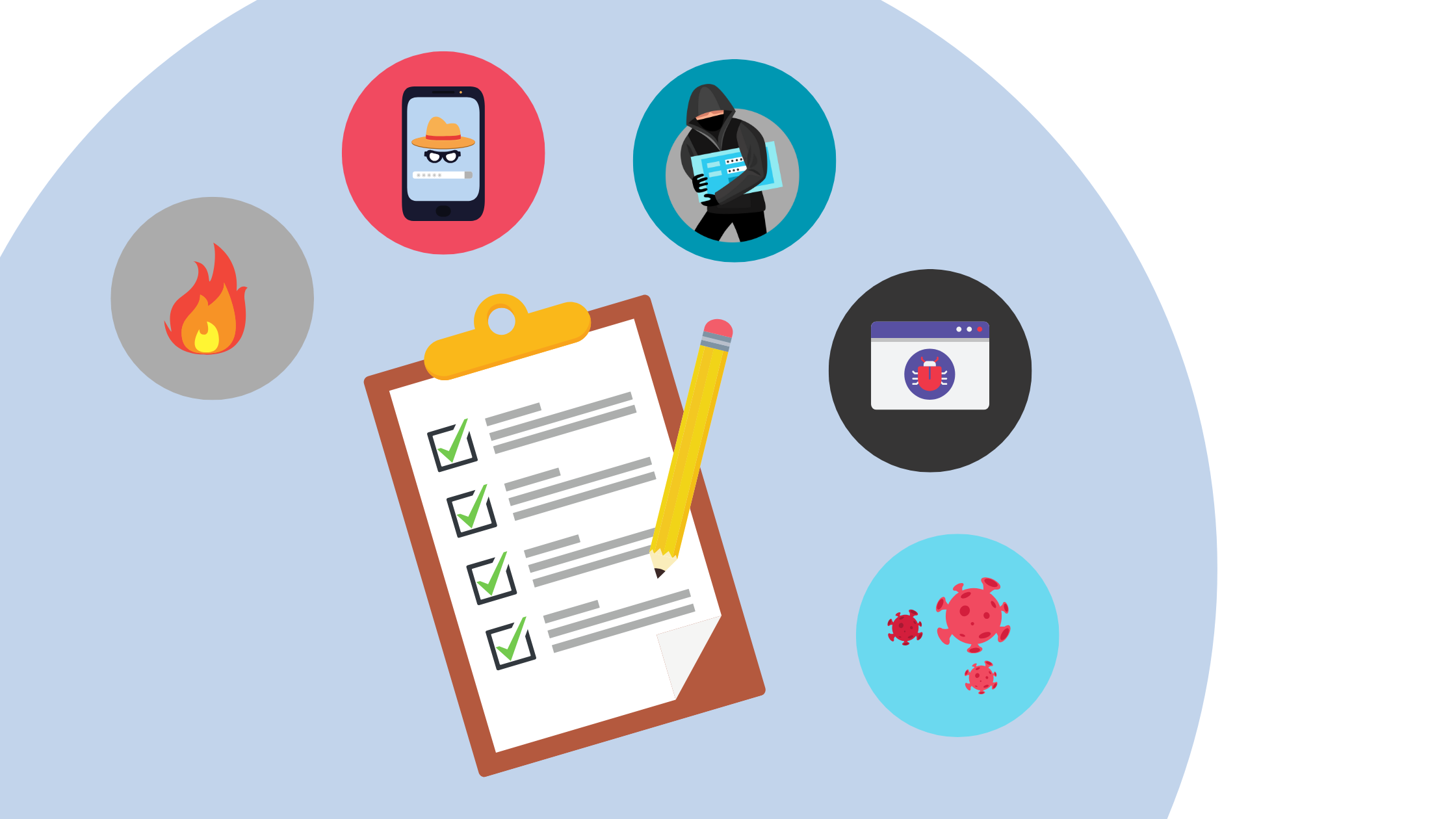When disaster strikes, businesses with a strong continuity plan are the ones that survive and thrive. Small and medium-sized business (SMB) owners face unique challenges when navigating disruptions, but the right strategy can make all the difference. A well-designed Business Continuity Plan (BCP) ensures that your company can weather any storm, protect its resources, and keep operations running smoothly. Here’s how you can build an effective BCP for your business.
1. Create a Continuity Team
A Business Continuity Plan is only as good as the team that executes it. Form a dedicated continuity team with a clear hierarchy and defined roles. Assign specific recovery tasks to team members, and ensure they’re prepared to act at a moment’s notice. This team is also responsible for internal communication during crises, ensuring that everyone is informed and aligned.
2. Develop a Comprehensive Plan
Your BCP should be a detailed roadmap for responding to various incidents. Include procedures, processes, and protocols for protecting your business and personnel. Cover critical aspects such as assets, human resources, and team roles. A robust plan prepares your business for both expected and unexpected scenarios, minimizing downtime and financial loss.
3. Run a Business Impact Analysis (BIA)
A Business Impact Analysis identifies potential threats and evaluates their impact on your operations. Determine the financial consequences of disruptions to different business functions and prioritize those that are most critical. This analysis allows you to allocate resources effectively and safeguard key areas of your business.
4. Educate and Train Your Employees
Your employees are your first line of defense in a crisis. Cross-train staff to perform alternative roles and ensure that critical business functions can continue uninterrupted. Educate your team on the key components of your BCP and provide training programs to develop their skills. When everyone knows their role, your business is better equipped to handle challenges.
5. Protect Sensitive Information
Sensitive data is the backbone of your business. Prioritize securing critical information such as login credentials, financial records, and proprietary data. Store these assets in a secure location that allows quick and convenient access during recovery. Proper data management is crucial for maintaining business continuity.
6. Back Up Essential Data
Data loss can be catastrophic, but following the 3-2-1 backup rule offers peace of mind. Keep three copies of your data on two different types of storage media, with one copy stored offsite. This ensures your essential files are safe, whether your physical office or online systems are compromised.
7. Test Your Plan Regularly
The only way to ensure your BCP works is to test it. Simulate hypothetical disaster scenarios to uncover any gaps or weaknesses. Testing allows your continuity team to refine their response strategies and ensures your plan is effective. Regular testing builds confidence and reduces the risk of failure during a real crisis.
Partner with Silverado for Your Business Continuity Needs
Implementing and maintaining a BCP can be complex, but you don’t have to do it alone. Contact us today to learn how we can help you safeguard your business and ensure its resilience, no matter what challenges come your way.




